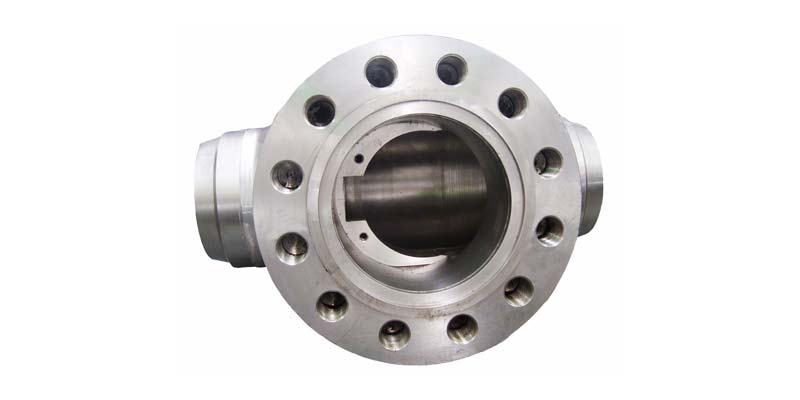- Contact Innally, Let you purchase forgings in China more favorable prices, products more assured!
- Hotline:+(86)15038323776 Email:innally@innally.com
Necessary in high temperature environment: superalloy material selection and manufacturing process of aerospace forgings
- Category: Aluminium alloy forging, Thermal forging
- |
- Date: 07/09/2023
With the development of aerospace technology, the material selection and manufacturing process of superalloys are also constantly improved and perfected to meet the increasingly high performance requirements. In the future, superalloys will play a greater role in the aerospace field and promote the continuous innovation and development of aerospace technology.
Product Details
The aerospace field has strict requirements for high temperature stability and performance of equipment, and forgings, as a key component, need to maintain excellent performance in high temperature environments. Superalloys have become the preferred materials for aerospace forgings because of their excellent high temperature strength, corrosion resistance and oxidation resistance. In this paper, the material selection principle, manufacturing process and application in aerospace forgings of superalloy are introduced in detail.
First, the material selection principle of superalloy
High temperature strength: superalloy can still maintain high strength at high temperatures, which is the basic requirement for its use as an aerospace forgings material.

Corrosion resistance: At high temperatures, various elements are extremely volatile and oxidized, so superalloys are required to have excellent corrosion resistance.
Thermal stability: Superalloys should be able to maintain stability at different temperatures to prevent changes in material properties caused by temperature changes.
Machinability: Superalloy should have good machinability, easy to process into various shapes of forgings.
Second, the manufacturing process of superalloy
Smelting: The smelting of superalloys requires the use of special smelting equipment to prevent the alloy composition from being contaminated.
Casting: The casting process needs to strictly control the temperature and cooling speed to ensure the microstructure and properties of the alloy material.
Heat treatment: Heat treatment is a key step in the manufacture of superalloy, through the heating and cooling of different temperatures, adjust the microstructure of the alloy, and further improve the performance of the material.
Mechanical processing: After the manufacturing of superalloy forgings is completed, it is necessary to carry out mechanical processing to meet the needs of practical applications. Third, the application of superalloy in aerospace forgings
Engine blades: Engine blades are one of the most important forgings in the aerospace field, requiring high strength and stability in high temperature environments.
Combustion chamber components: Combustion chamber components need to withstand the erosion and erosion of high temperature gas, superalloy has excellent corrosion resistance and oxidation resistance, is the ideal material for manufacturing combustion chamber components.
Rocket engine components: Rocket engine in the launch and operation process, need to withstand extremely high temperature and pressure, superalloy forgings have excellent high temperature stability and strength, can meet the high requirements of rocket engine components.
With the development of aerospace technology, the material selection and manufacturing process of superalloys are also constantly improved and perfected to meet the increasingly high performance requirements. In the future, superalloys will play a greater role in the aerospace field and promote the continuous innovation and development of aerospace technology.
nannan
INNALLY mainly provides you with various types of cast and forged parts products. Welcome your inquiries! innally@innally.com
Related Products
Search
Forging center
- Steel forgings
- Aluminium alloy forging
- Titanium alloy forging
- Stainless steel forging
- Copper forging
- Automotive forgings
- Locomotive forging
- Bicycle forgings
- Motorcycle forging
- Rigging and fasteners
- Bearing forging
- Electric power fittings
- Marine forging
- Mechanical forgings for metalworking
- Mining machinery forgings
- Marine engineering forgings
- Construction machinery forgings
Popular product

© 2025. All Rights Reserved.






